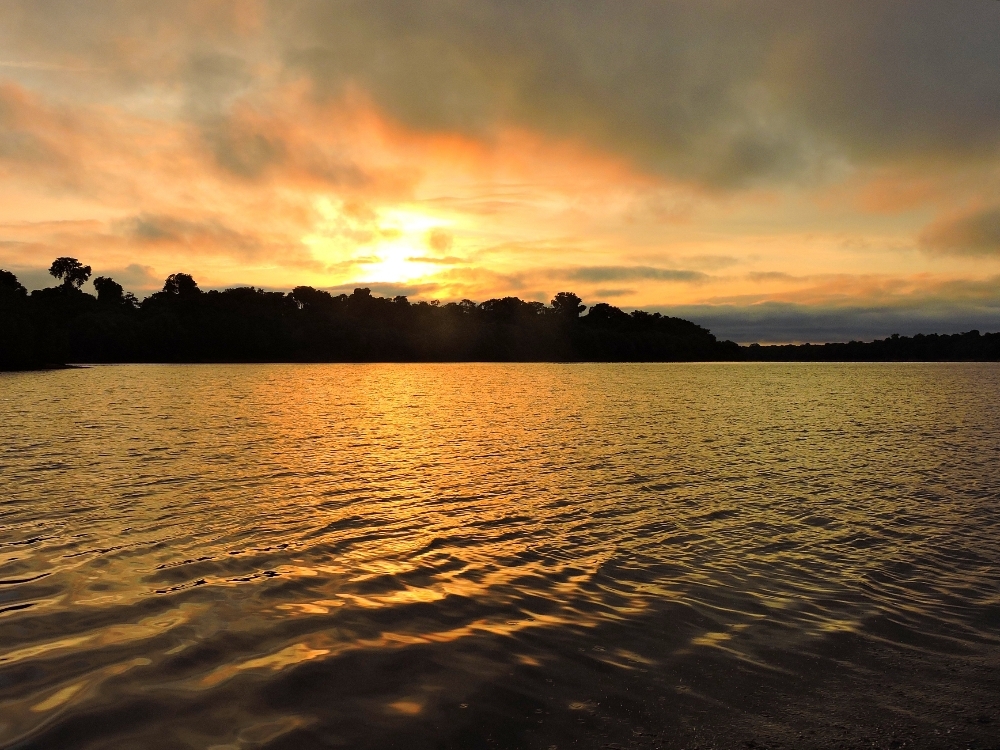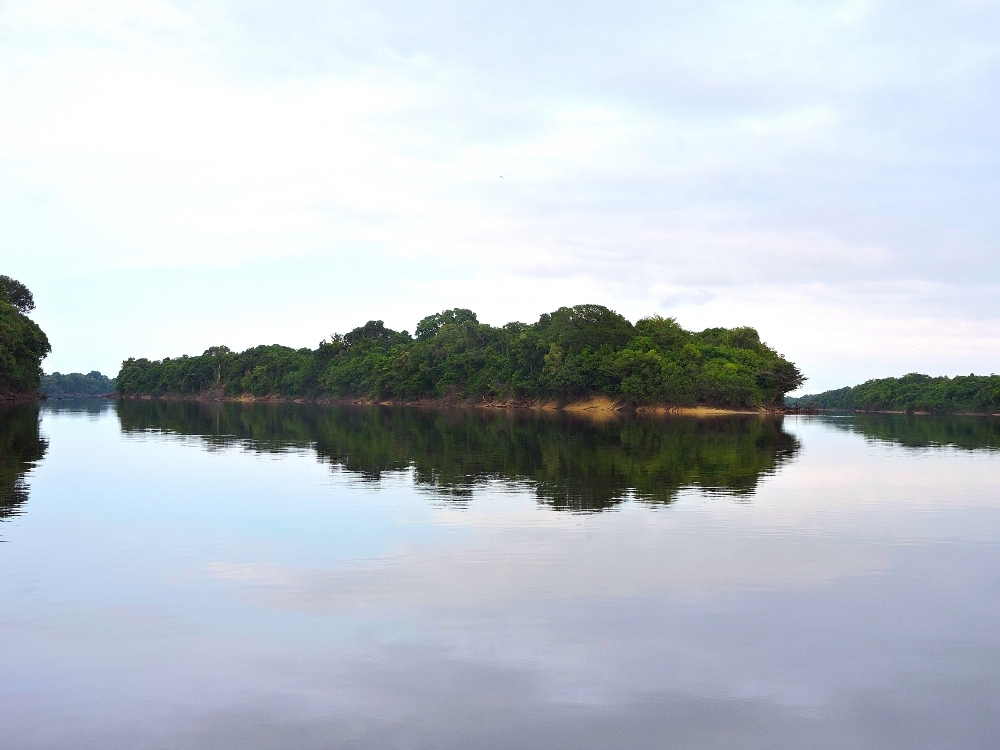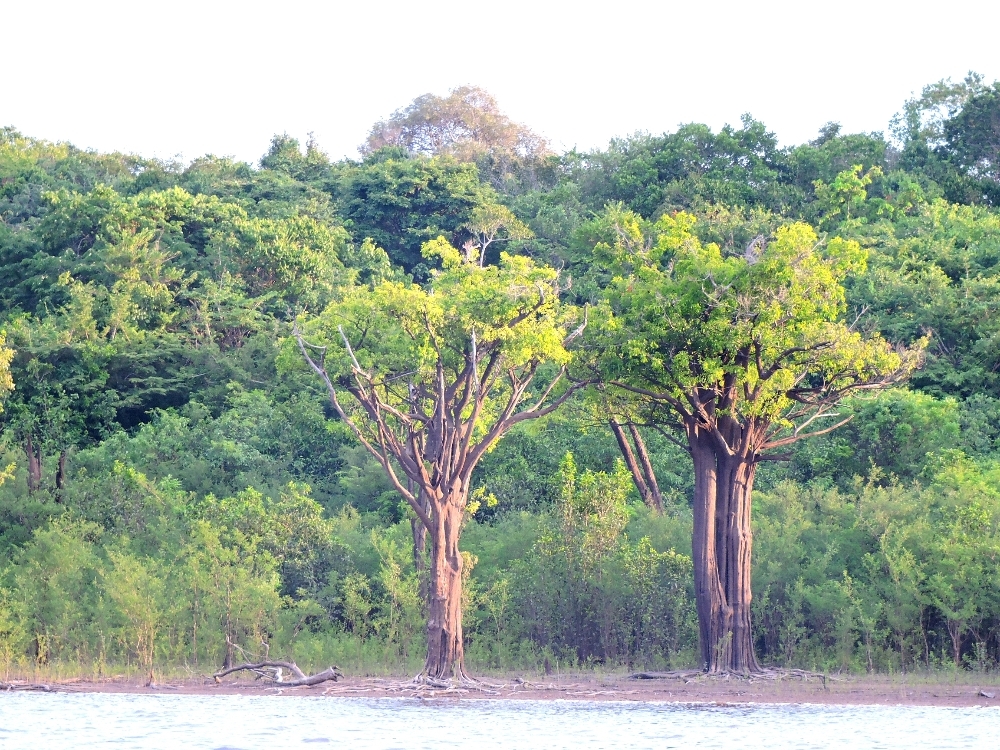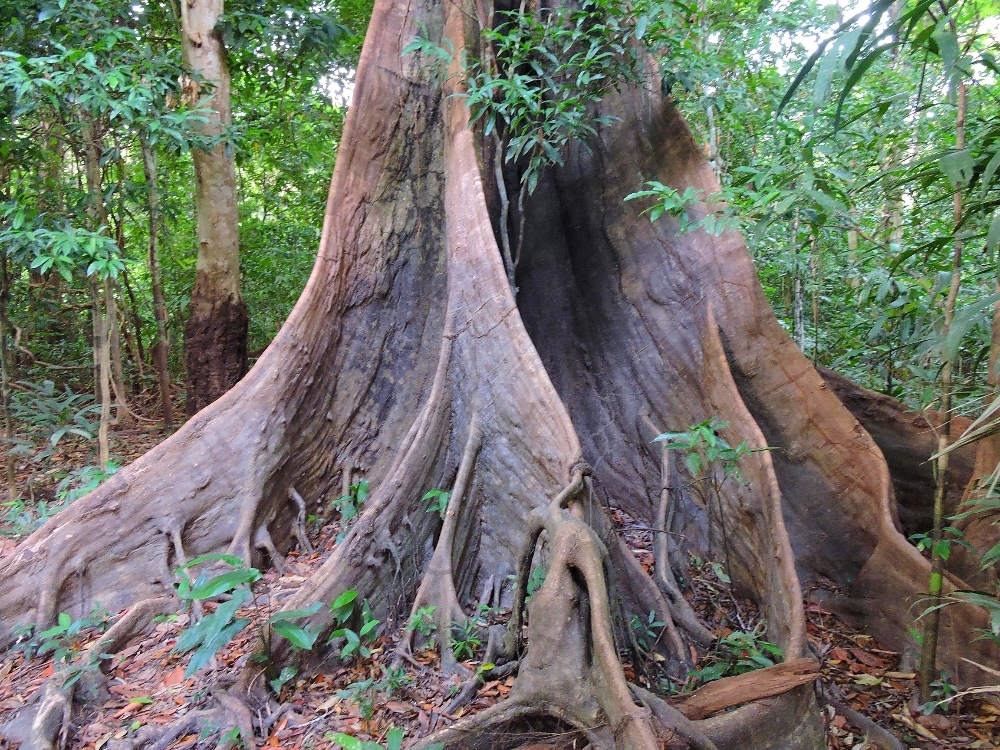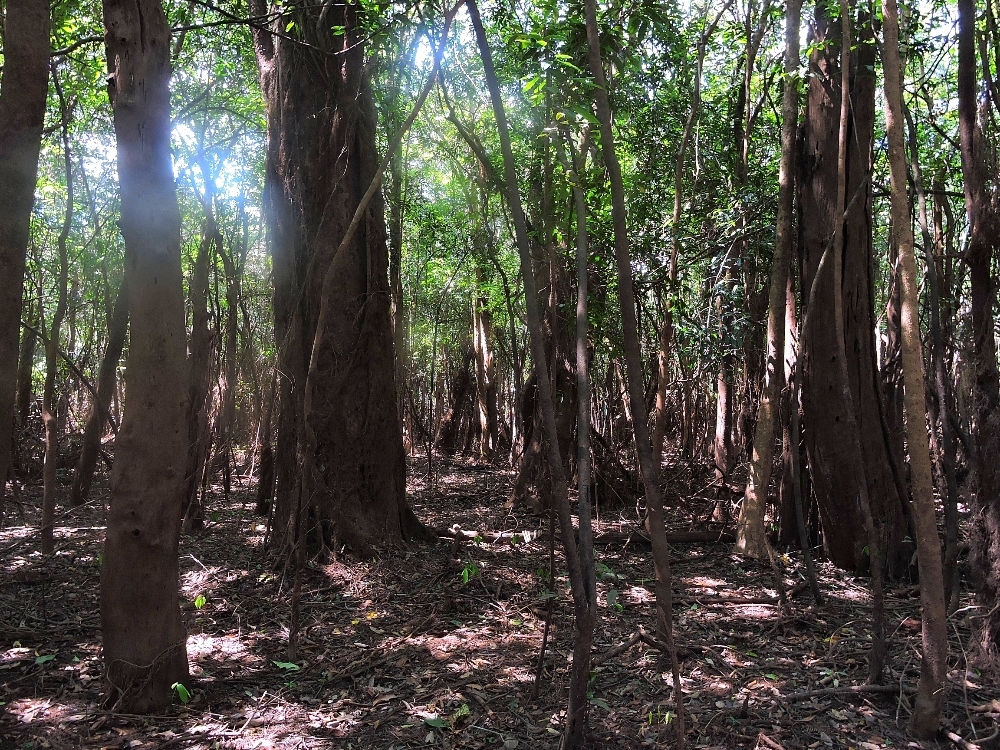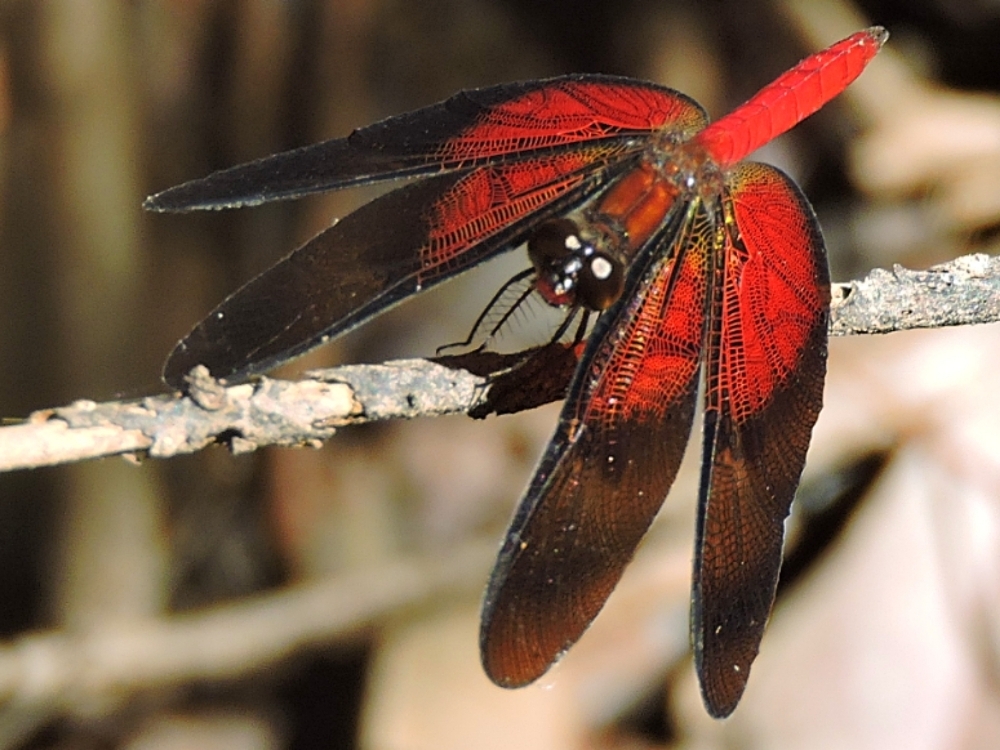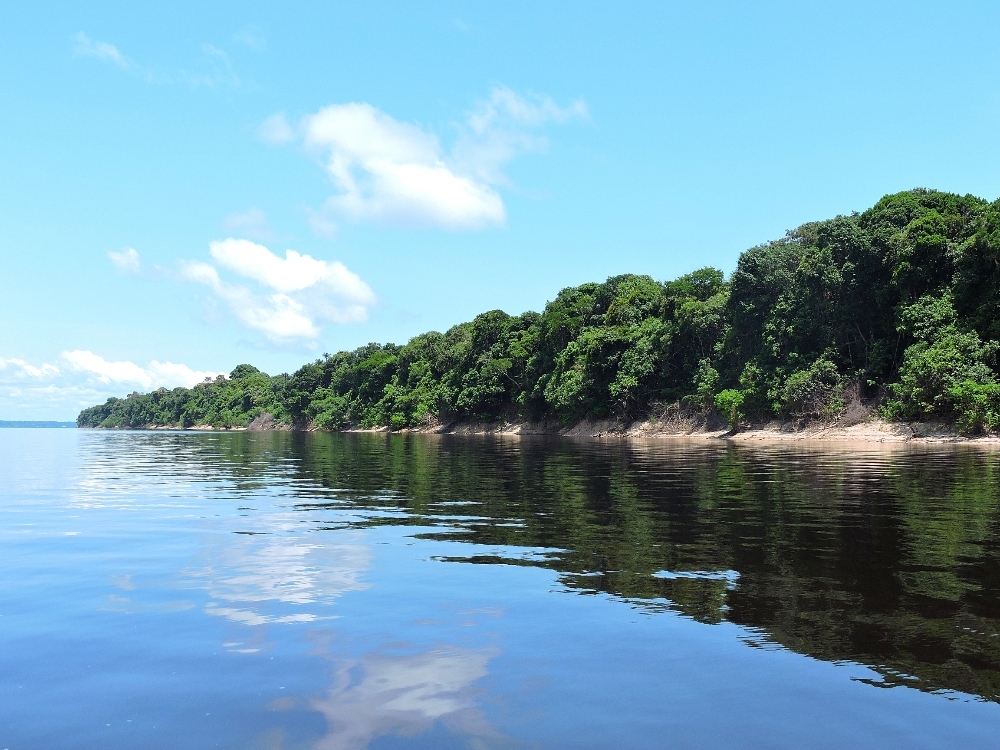The somewhat bureaucratic-sounding name of this World Heritage Site simply refers to two large national parks that are, indeed, located in the central potion of the Amazon basin, namely, Parque Nacional do Jaú and Parque Nacional Anavilhanas. Both of these are accessible from the rather pleasant small town of Novo Airão, located a considerable distance up river from Manaus, on the Rio Negro. Jaú is the largest of the two, but is quite a long way farther up the river, requiring a lengthy boat trip and at least a full day for a visit. Anavilhanas, on the other hand, is adjacent to Novo Airão, primarily consisting of a large parcel on the opposite river bank, it also includes a compelling archipelago of several hundred riverine islands, one of the World’s largest such assemblages. Since that park could be accessed by any of several short boat trips from the town, I chose that portion for my WHS visit.
Reaching Novo Airão could be done in a variety of ways, and I ended up using the least enjoyable method. Both river and road transport connect the town to Manaus, and my original plan was to ride out, a distance of one hundred eighty kilometers, so around a day and a half, and return by riverboat. That idea was shelved even before I reached Manaus, as I was running late and, more importantly, I realized that the long bridge over the Rio Negro, which opened in 2011, was closed to bikes and, of course, the previously available ferry had now been discontinued. I also considered going by riverboat in both directions, but the boats only sail twice per week, and I couldn’t fit that in with my schedule. That meant I would have to go by bus, a very tedious four-hour trip in each direction. That may have been for the best, however, as the first half of the highway leading there was in the process of being widened and cycling that route would have been rather unpleasant.
Anavilhanas Park, itself, had much in common with other rainforest parks, but it was also less developed for mass tourism than some others, a situation that is generally positive. Its most unique feature is the river archipelago, and traveling around, and between, the islands by boat was quite enjoyable. I made two visits, both in the early morning, and at that time of day the river was cool, calm, and pleasant. I have normally believed river islands to be fairly ephemeral, changing frequently according to the whims of their river, but on those Islands the old and thick forest cover they support had long ago stabilized their forms, and they now appear to be permanent features. It was also interesting to see the forest during its dry period, giving me a different perspective to that of the flood season, which I had seen in Peru, during my previous Tour.
The one disappointment was that I saw relatively little in terms of animal life. I had been expecting a big haul of new bird species, but I saw very few of those, and mammals and reptiles also seemed scarce. I am sure that this was just a case of bad timing, simply bad luck, or perhaps there is something to my theory that large tracts of undisturbed forest make seeing wildlife somewhat more challenging. Of course, the Amazon forests are a critical feature of our biosphere, and any protected areas there should be safeguarded whenever possible. For that reason alone these parks deserve their World Heritage status. I would have preferred a slightly longer visit, to see both sections, and to make for a more patient birding stop, but sometimes things don’t work out exactly as we would like.
